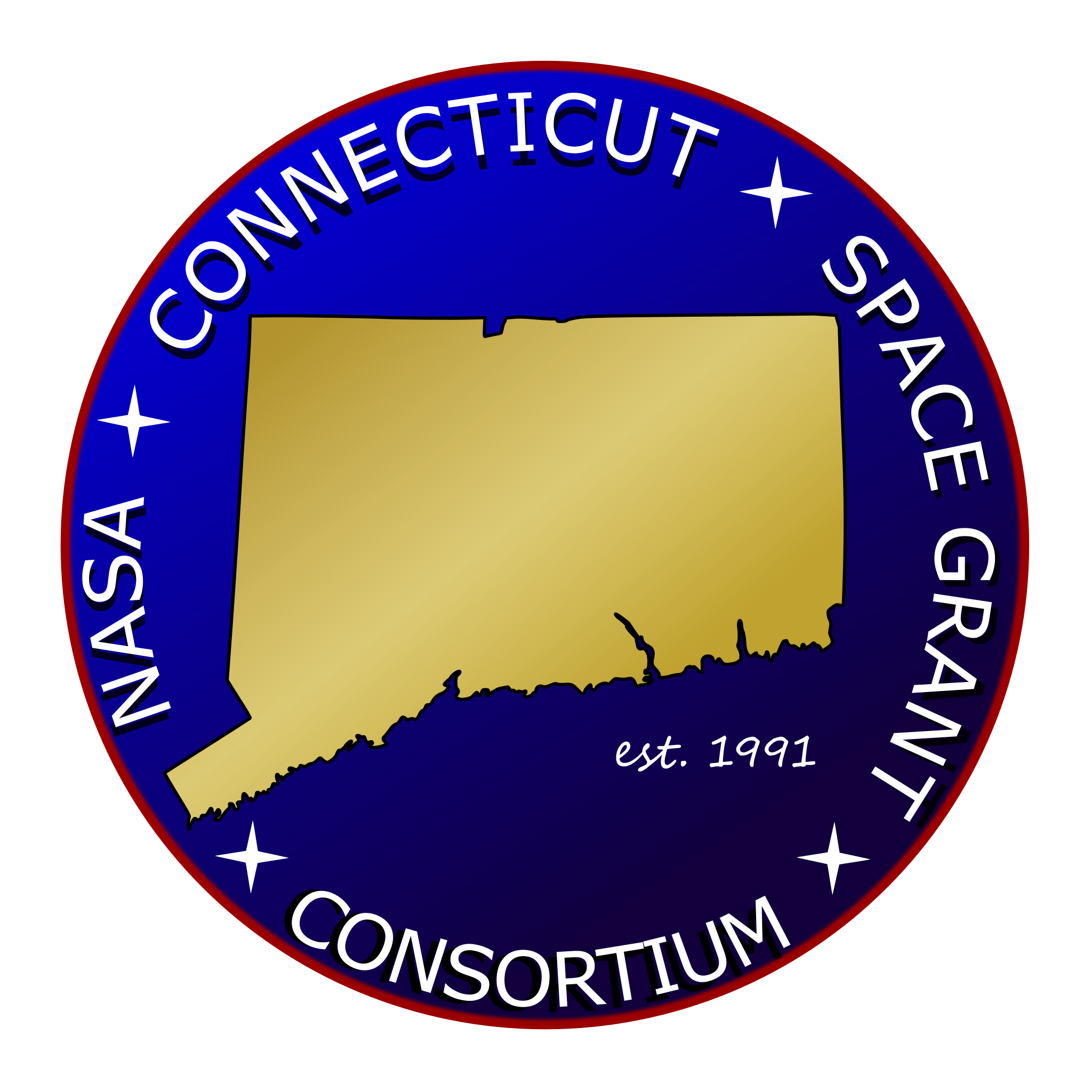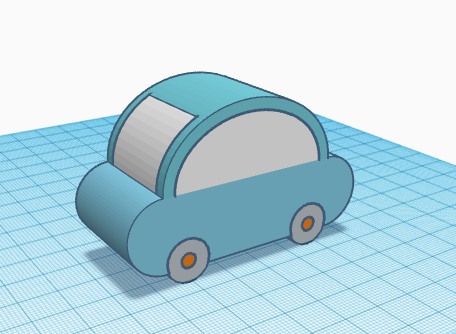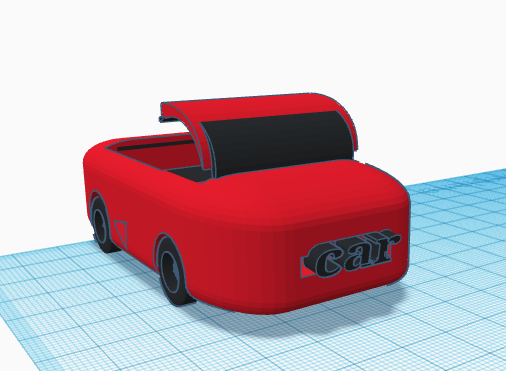
During this past summer, Ms. Thienly Nguyen, an undergraduate biomedical engineering student enrolled in the University of Hartford, was an intern at the Connecticut Center for Advanced Technology (CCAT) in their Education and Workforce Development (EWD) department. CCAT is a non-profit organization that, at its start, focused on supporting and improving Connecticut’s manufacturing industry. However, the company has long since grown to include focuses in information technology (IT) and energy, as well as science, technology, engineering and mathematics (STEM) education as well.
While CCAT has an Advanced Manufacturing Center that would have aligned more closely with Thienly’s major, she chose to join EWD in order to challenge herself and try something a little different from what she has been studying. The EWD department’s purpose is to promote manufacturing and other related careers, primarily through student programming and employer-employee outreach.
Thienly, along with three other interns, was primarily responsible for preparing and running the Young Manufacturer’s Academy—a series of summer workshops for middle school students to learn about manufacturing and engineering careers. In these workshops, students had the opportunity to learn about STEM/manufacturing topics and familiarize themselves with robotics, computer-aided design (CAD), and more.
Thienly summed up her experience stating that, “Through preparing for the Young Manufacturer’s Academy I learned a lot about teaching and even more about the engineering industry—something I had not anticipated. It was interesting to be exposed to an education internship where I was the teacher providing instruction rather than the student sitting taking notes.”
Thienly found herself having to enhance her communication skills so that she could explain topics, like wind turbines and additive manufacturing, to middle schoolers in a way that was both engaging and easy to understand. By challenging her to redefine the way she talked about specific ideas, teaching helped her reinforce the concepts that she had previously learned as an undergraduate student.
She was also able to gain more experience using different types of CAD software, like SolidWorks and TinkerCAD. In fact, Thienly, along with the other interns in the EWD department, created an entire curriculum from scratch using TinkerCAD. They used the curriculum to introduce students to CAD by having them use the program to create cars of varying difficulties. It was a step-by-step process that students were instructed to follow in order to learn the basics of this kind of CAD software and familiarize themselves with the controls. Students were able to use TinkerCAD to create a design that would then be 3D printed. Thienly had not previously had any exposure to 3D printing, so learning how to operate a 3D printer and how to troubleshoot if the print was not coming out as desired, was an entirely new experience.
“I am grateful to the NASA Connecticut Space Grant Consortium for giving me this opportunity this summer. At CCAT I learned a lot and plan on using much of this gained knowledge in my future endeavors,” Thienly expressed.
The most rewarding part of the experience, Thienly shared, was seeing how with her guidance, students who were initially apprehensive of an activity—whether related to CAD, coding, or even engineering design—quickly picked up the task and learned how to do things that even she only recently learned in college.
Not only did Thienly teach them various technical skills, but she was also able to impart the idea that design and manufacturing are almost never straightforward and that as engineers they would have to go through much trial and error and troubleshooting in order to create the desired outcome.
The conclusion of each program made Thienly very proud of every student for completing the academy. She was even excited to see that a few students had begun looking towards STEM as a future career option. Thienly genuinely appreciated the chance to share her love of engineering with students who could, in a decade or so, become future engineers themselves.
The NASA CTSGC Industrial and Education Internships, and Technical Summer Internship Program offers opportunities for students enrolled in academic affiliate institutions to participate in a summer internship. This past summer, in addition to CCAT, internships were offered at Connecticut Science Center, Proton OnSite, United Technologies Aerospace Systems, among others. NASA CTSGC intends to award up to 18 internships for Summer 2018. To find out information on eligibility and how to apply for a NASA CTSGC Industrial and Education Internships, and Technical Summer Internship Program please visit our website or contact us.


